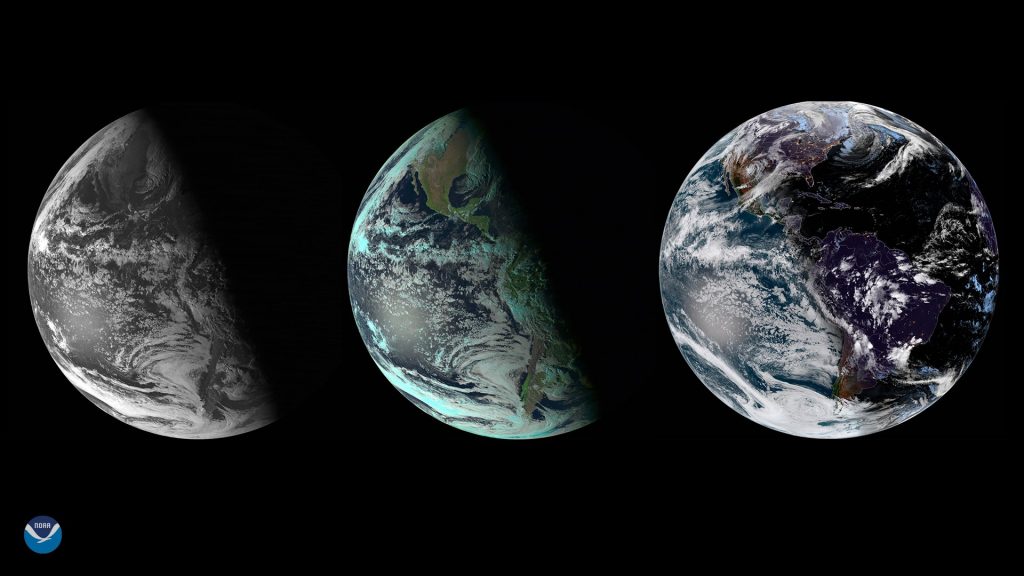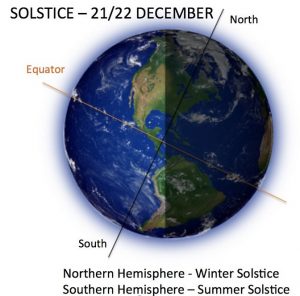


The word “winter” comes from the Germanic wintar which in turn is derived from the root wed meaning ‘wet’ or water’, and so signifying a wet season. In Anglo-Saxon cultures, years were counted by the winters, so a person could be said to be “2 winters old”.
While the calendar says winter is officially here, meteorologists unofficially count December 1 as the start of the winter season. And even though winter just started and the days are getting longer, the colder days of the season are ahead. Even though daylight slowly starts to increase after the solstice in the Northern Hemisphere, the coldest days of winter in many parts of the United States – and other countries north of the equator – are usually not until January. This is because the amount of solar energy arriving at the ground is less than the amount leaving the Earth for a few more weeks. Oceans and bodies of water, which take longer than land to heat up and cool down, keep temperatures from rising very fast. Not until the Northern Hemisphere sees a net gain in incoming solar energy do temperatures begin their slow upward climb. And such a climb will occur as Spring approaches.